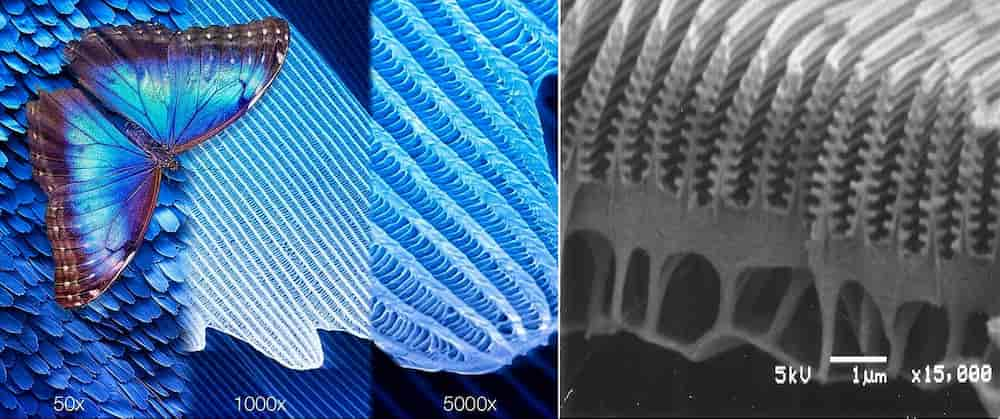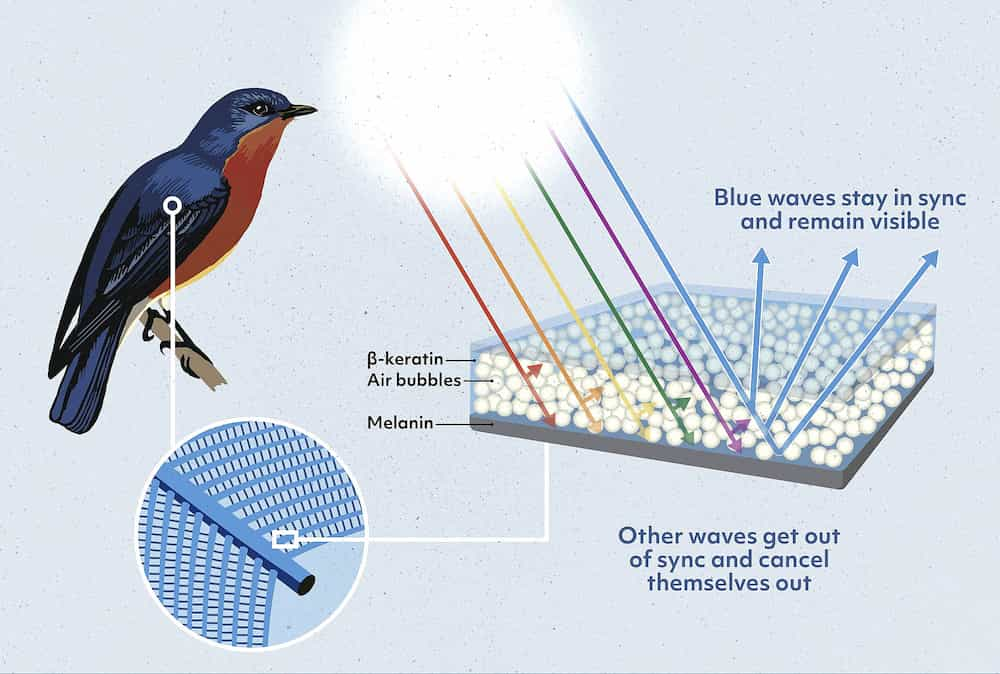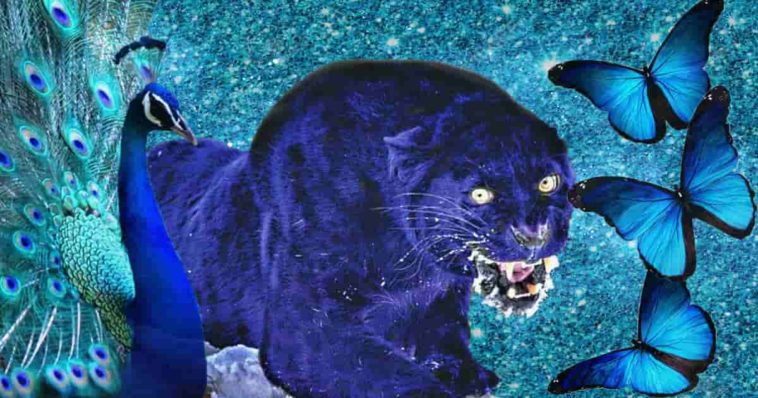Why Blue is a Rare Color for Pets? Exploring the Natural Rarity of the Blue Hue in Animals.
Introduction
Animals and insects can sometimes amaze us with their stunning colors. Such as the feathers on an Eastern Bluebird. Or the dazzling eye-like shapes on the feathers of a peacock. Or the wings of a graceful butterfly. Colors are widely used in nature as means of communication. They can be a practicality, or a warning against predators.
Most colors are widely available in nature, but we have a hard time finding creatures colored blue. There’s a good scientific explanation behind this phenomenon. You’d be amazed to learn that sometimes the blue color is not even blue…
Why is the color blue rare?
The color blue in living beings is rare because it is too hard for an organism to synthesize the necessary pigment to display it on the fur or feathers. Scientists claim that there are also evolutionary factors contributing to the issue. Such as the time an animal needs to genetically adopt such colors. Or their practical use among different species.
Another possible reason is the lack of nutrition that enables such features. For example, a flamingo isn’t born pink, but grey. Instead, the diet of a flamingo is what contains the necessary compounds to give it a pink look. So, a blue animal would be rare since there’s no blue nutrition. We truly are what we eat, as it seems.
How does nature overcome this problem?
Physics is what nature uses to display the blue color. To some people, this might sound like science fiction. But most species of blue color use organic micro-structures on their bodies to alter the reflected white light into blue. To understand this, we need to comprehend what light is, and how it behaves.
Light is both a massless photon particle and electromagnetic wavelength propagating in a medium. A beam of light is divided into billions of colors. All those colors are distinguished by unique wavelengths. The warm colors (red) are characterized by a long wavelength. While the cold colors (blue) are found in the short-wavelength range. The table below shows how different wavelengths correspond to different colors.

As we can see , visible light is between 400-700nm (nanometers). And nature has found a way to filter all the wavelengths except the blue one (400nm).
This property is attributed to the shape of the microstructures found on the wings or the feathers. Their shape causes the undesired waves to bounce about and cancel each other out. This allows for the perfect reflection of the blue wavelengths only. This means that this complex structure handles an extremely challenging task that requires extreme precision down to the nanometer scale. It’s impossible to believe, but it really works. It shows us that nature always has a way of overcoming any challenge.
Take a look at the pictures below. You’ll see how the concept applies for both the blue-winged butterflies (Morpho menelaus) and Eastern Bluebird (Sialia sialis).


There is away to test yourself if an animal or insect is painted blue or has micro-structures. You can do so by wetting that particular part of its body with water. The molecules of water get in between these tiny structures and temporarily block their function. The other wavelengths are no longer filtered, and you’ll be able to see their true color. You’d be even more amazed to learn that those living beings have also taken measures against getting wet. Such as the blue butterfly, which has incorporated hydrophobic properties on its wings to repulse any incoming water, including rain.
Is it possible to adopt this technology?
Absolutely.
There’s nothing fancy about such a structure. It can be easily replicated if you have the right tools. This study has already been done on a lab level in 2010 by Kang, Shao-Hui & Tai, Tzu-Yao & Fang, and Te-Hua. It was named “Replication of butterfly wing micro-structures using molding lithography.” The results agree with the phenomenon.
If you’re asking yourself what could we possibly need that for, remember that most paints have toxic chemicals and are hard to degrade once they’re disposed of. Hence, using technology that would completely remove the need for synthetic paint while simultaneously being hydrophobic, would be a great achievement in human history. This would also greatly benefit the environment.
If you liked this article, please, share it with your friends.
Subscribe & follow us for more.





Comments
Loading…